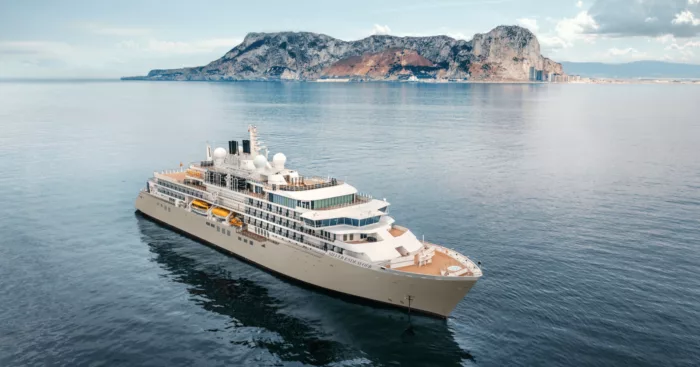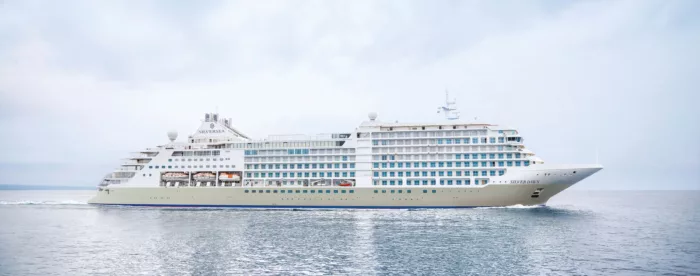Silversea Cruises
Wellness should be about balanced indulgence, not self-sacrifice - that's the philosophy behind Silversea's new programme called Otium, named after the Roman leisure time dedicated to bathing, talking, singing, drinking, eating and relaxing. The easygoing regime includes a 24-hour room-service menu of comfort food, as well as new spa treatments, relaxing baths and hot chocolate served on your balcony.
392
Passengers
302
Crew
2001
Launched
2018
Last refit
28258t
Tonnage
186m
Length
24m
Width
21kts
Speed
7
Decks
USD
Currency
Cruise Itinerary
Day 1
Valletta, Malta
Day 2
Gozo Island, Malta
Day 3
Siracuse, Sicily, Italy
Day 4
Gallipoli, Italy
Day 5
Vlorë, Albania
Day 6
Monopoli, Italy
Day 7
Dubrovnik, Croatia
Day 8
Sibenik, Croatia
Day 9
Pula, Croatia
Day 10
Split, Croatia

Day 1
Valletta, Malta

Day 2
Gozo Island, Malta

Day 3
Siracuse, Sicily, Italy

Day 4
Gallipoli, Italy

Day 5
Vlorë, Albania

Day 6
Monopoli, Italy

Day 7
Dubrovnik, Croatia

Day 8
Sibenik, Croatia

Day 9
Pula, Croatia

Day 10
Split, Croatia
Ship Details

Silversea Cruises
Silver Whisper
Silver Whisper, sports a relaxing, sophisticated and genuinely elegant atmosphere. A multi-million dollar refit in 2018 makes her one of the most technically up-to-date ships at sea.
Cabins
All Prices








